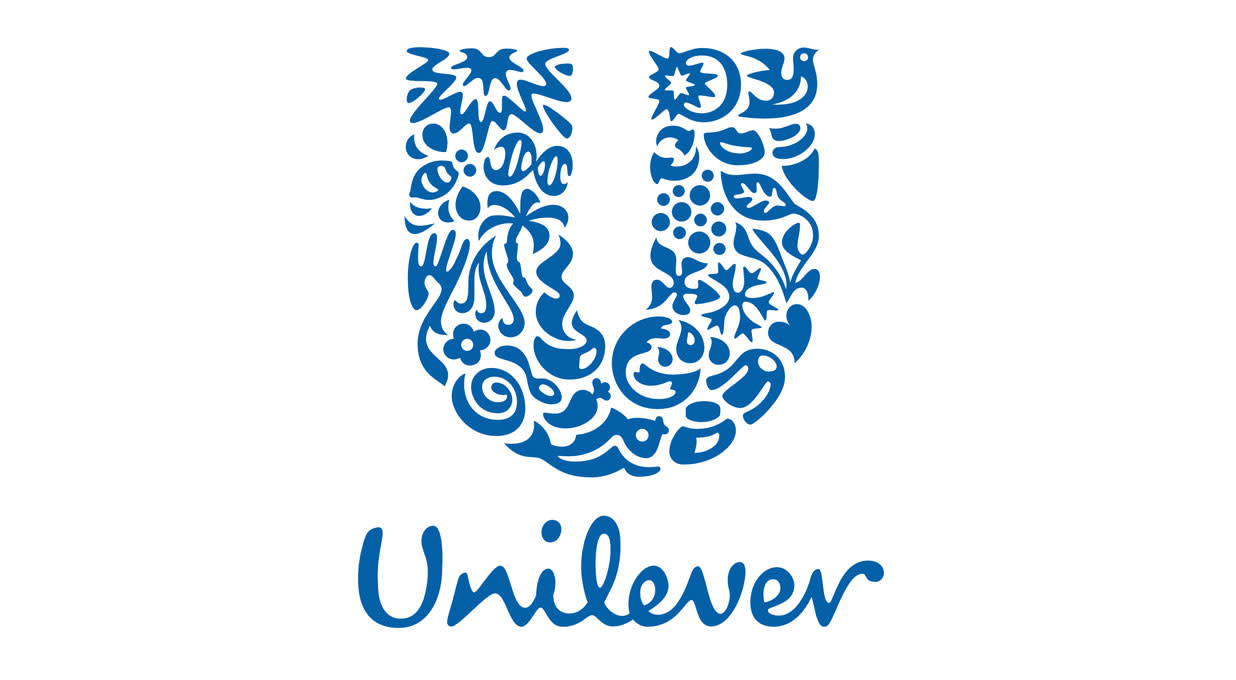Unilever’s first-half underlying sales rose 4.1% to €31.1bn, driven by a healthy mix of both price and volume growth. All business areas saw increased revenue, with Beauty & Wellbeing growing at the fastest pace.
Underlying operating profit jumped 17.1% higher to €6.1bn, driven by improved margins which landed well ahead of market forecasts.
Free cash flow improved from an outflow of €0.3bn to an inflow of €2.2bn. Net debt was €25.2bn at the half-year mark.
Full-year underlying sales growth guidance has been maintained at 3-5%. Underlying operating margins are expected to be in excess of 18%.
A quarterly dividend of €0.4396 per share has been announced, up 3%.
The shares rose 5.3% following the announcement.
Our view
Unilever’s first-half performance gave investors plenty to get excited about. Both volume and price increases have boosted the top line. Alongside an efficiency drive and marketing strategies that have been reaping rewards, margins came in well ahead of market expectations.
We support the group’s sharper focus, which is concentrated on doing fewer things but doing them better. That means the plan to spin off its Ice Cream business and cut costs over the next few years is at the top of the agenda for management, and so far we’re impressed with the pace of progress.
This move makes sense to us. The Ice Cream business always looked like the odd one out compared to other product lines, and it’s been struggling for growth.
Protecting the quality of Unilever's brands is the number one priority, and that comes at a heavy cost. Brand and marketing investment now stands at 15.1% of revenue and increased spend is expected to continue. That's all part and parcel with the Group's strategy of locking in long-term customers with well-known, trusted, brands.
The key driver of growth moving forward is the group’s so-called Power Brands. These are a collection of 30 brands such as, Dove, Domestos and Hellmann’s, which account for around 75% of total sales. These power brands delivered the majority of growth in the first half. We expect that trend to continue and for future investment to be focused here.
There are specific pockets where improvement's needed. The number of products winning market share remained broadly flat at 37% on a rolling 12-month basis. Some slowdown was to be expected as lower-margin products are being removed and consumers are favouring price areas that Unilever doesn't want to operate in. The expectation is for trends to improve again and for that figure to push back toward 50% over the medium term. We're inclined to agree, but it's something worth keeping an eye on.
The 3.6% prospective forward dividend yield and ongoing buyback are currently supported by strong free cash flow and a robust balance sheet. Dependability is an attraction, and we don't see too much upsetting the apple cart here. But, as ever, potential returns can't be relied on.
All in, there are very clear signs that the new management team are making progress and Unilever remains a quality business with attractive fundamentals. If it can deliver on planned cost cuts and spin-off Ice Cream without causing too much damage, then achieving mid-single-digit sales growth is on the cards. The valuation isn’t too demanding, but we still think it’ll take time before we see a material rerating.
Unilever key facts
All ratios are sourced from Refinitiv, based on previous day’s closing values. Please remember yields are variable and not a reliable indicator of future income. Keep in mind key figures shouldn’t be looked at on their own – it’s important to understand the big picture.
This article is not advice or a recommendation to buy, sell or hold any investment.No view is given on the present or future value or price of any investment, and investors should form their own view on any proposed investment.This article has not been prepared in accordance with legal requirements designed to promote the independence of investment research and is considered a marketing communication.Non - independent research is not subject to FCA rules prohibiting dealing ahead of research, however HL has put controls in place(including dealing restrictions, physical and information barriers) to manage potential conflicts of interest presented by such dealing.Please see our full non - independent research disclosure for more information.








